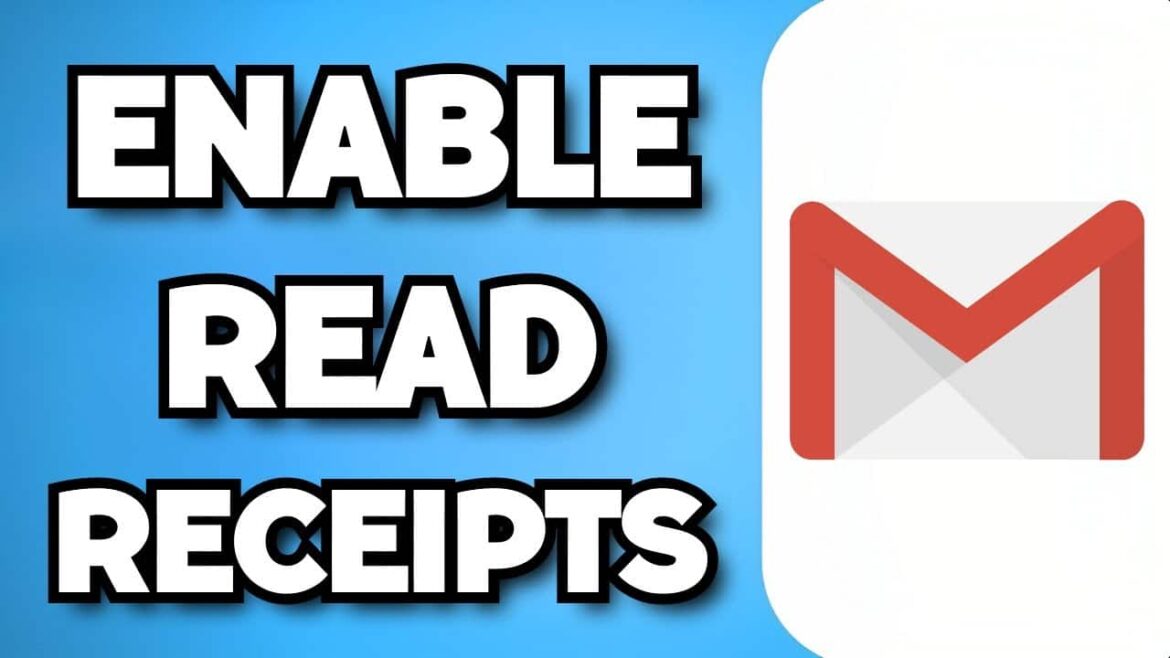Email read receipts are a helpful tool for ensuring that important messages are read. Learn about the advantages they offer, how they work, and the challenges that can arise.
What’s behind email read receipts
Email read receipts are a frequently discussed topic in digital communication. They offer the possibility to check whether the recipient has actually opened and read an email. This can be particularly important in business or important private matters.
- Email read receipts are a feature that allows the sender to receive a notification as soon as the recipient has opened the email. This feature is integrated into many email services, but is not always enabled by default.
- To request a read receipt, the sender must activate this feature before sending the email. The recipient can then decide whether or not to send the confirmation. This means that read receipts are not always guaranteed.
- Email read receipts can be helpful in ensuring that important information has been received and read by the recipient. This can be particularly beneficial for time-sensitive or business-related messages.
- However, there are also disadvantages. Some recipients find the request for a read receipt intrusive or invasive. In addition, the read receipt can only indicate that the email has been opened, but not whether it has actually been read or understood.
How email read receipts work
An email read receipt works by the sender sending a request when sending an email to find out whether the recipient has opened the message. As soon as the recipient opens the email, a notification is sent back to the sender confirming that the email has been read.
- However, the recipient must agree to the read receipt, as this feature only works if the recipient accepts it. The read receipt therefore only indicates that the email has been seen, but not whether it has been read in full or whether the content has been understood. In addition, the recipient can refuse the confirmation, which is why read receipts do not offer absolute certainty.
- How read receipts work: When the email is sent, a small invisible code or image is often inserted. When the recipient opens the email, this code is loaded and sends a notification to the sender. The recipient usually receives a pop-up request asking if they want to send the read receipt and must agree. The read receipt is sent to the sender with the time and date of opening.
- Important notes: The read receipt is not reliable proof that the email has been read or understood in its entirety. Some email programs or users block read receipts for data protection reasons. Legally, a read receipt can in some cases serve as proof of receipt of an email in court, but it is not always binding. The function is particularly useful in professional and time-critical situations.
- Activation: The function can be activated in various email services, such as Gmail, Outlook, or WEB.DE, usually via a “Request read receipt” option when composing the email.
Advantages and challenges of email read receipts
Email read receipts offer numerous advantages, especially in business contexts. However, there are also challenges and disadvantages that should not be ignored.
- One clear advantage is the ability to ensure that important messages are read. This can be particularly important in business negotiations or when dealing with time-sensitive information.
- Read receipts can also help identify communication problems by showing whether an email has been opened at all. This can be helpful when troubleshooting or improving communication strategies.
- However, one disadvantage is that read receipts are not always reliable. Since the recipient has the option to decline to send a confirmation, the sender cannot always be sure that the message has actually been read.
- Another disadvantage is the potential invasion of privacy. Some recipients find the request for a read receipt invasive and prefer to read their emails anonymously without the sender being notified.
Perspectives and data protection in email read receipts
The use of email read receipts is not always unproblematic. There are various perspectives that are relevant when considering this issue, especially when it comes to data protection and communication efficiency.
- From a data protection perspective, email read receipts pose a potential risk because they reveal information about the recipient’s reading behavior. This can be particularly problematic in countries with strict data protection laws.
- In corporate communications, read receipts can help increase efficiency by ensuring that important information has actually reached the recipient. This can improve workflow and reduce misunderstandings.
- For private users, however, read receipts can be perceived as intrusive, as they give the impression of being monitored. This can make the recipient feel uncomfortable and impair communication.
- Balanced use of read receipts therefore requires an understanding of the recipient’s needs and expectations. Companies should carefully consider when and with whom they use this feature in order to optimize communication without violating privacy.

